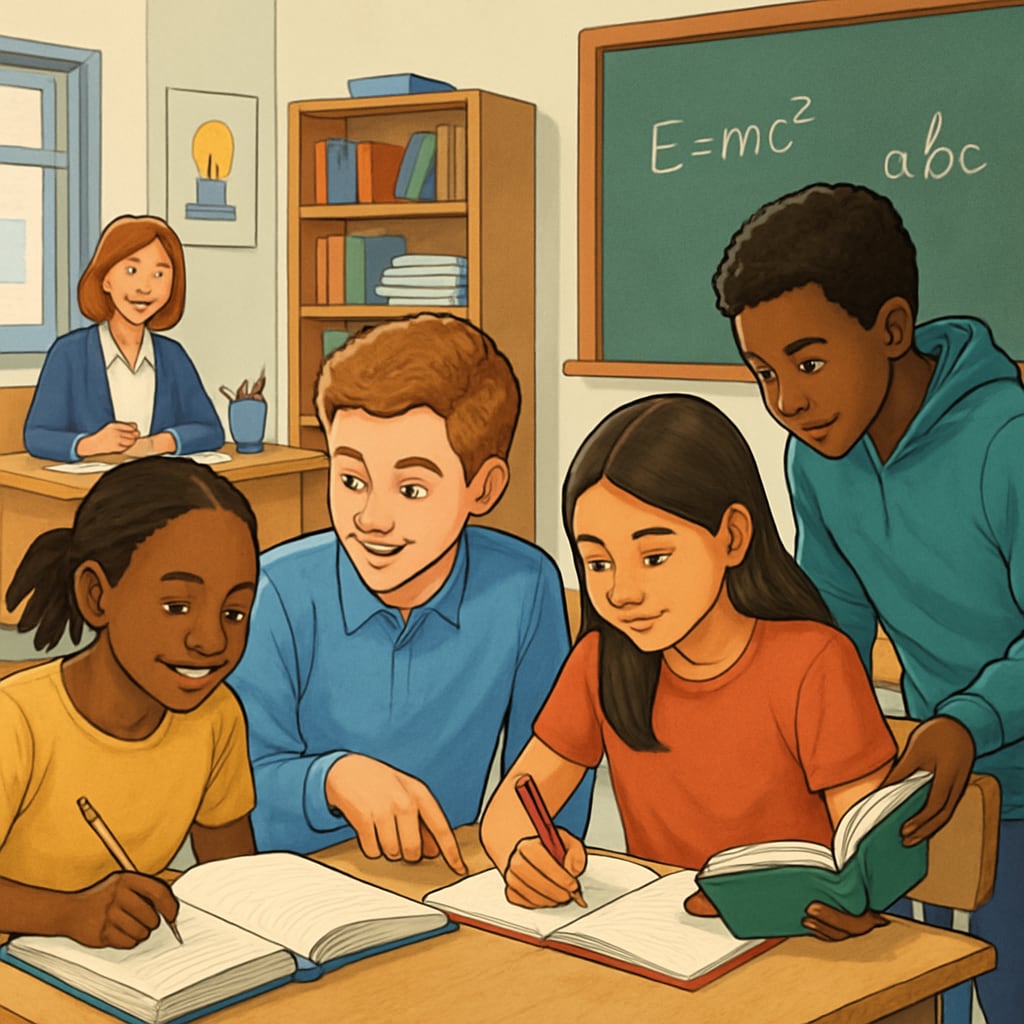The debate between traditional school calendars with extended summer breaks and year-round schooling has long been a topic of interest in education. Questions about learning retention during summer vacations, also known as the “summer slide,” have prompted discussions about whether the traditional model is still effective. Proponents of year-round schooling argue that it addresses the gap in learning retention while balancing education with necessary breaks. But how do these two systems compare, and is summer truly a “black hole” for learning?

Understanding the Summer Slide
For decades, educational researchers have studied the phenomenon known as the “summer slide.” This term refers to the loss of knowledge and skills that students experience during the long summer vacation. Studies have shown that students, particularly those from disadvantaged backgrounds, can lose up to two months of progress in subjects like math and reading. The cumulative effect of this loss over several years can exacerbate educational inequalities.
Educational inequality is one of the main challenges that the traditional school calendar faces. While summer programs and tutoring can mitigate this issue, they are often inaccessible to all students. Year-round schooling, with its shorter and more frequent breaks, eliminates the long interruption in learning, potentially reducing the summer slide.
Benefits of Year-Round Schooling
Year-round schooling involves dividing the school year into shorter instructional blocks, such as nine weeks of classes followed by three weeks of vacation. This model offers several advantages:
- Improved Learning Retention: Frequent breaks reduce the time students spend away from academic material, leading to better retention of knowledge.
- Reduced Burnout: Shorter terms allow students and teachers to recharge more often, improving overall productivity and well-being.
- Flexible Scheduling: Families can schedule vacations during off-peak seasons, reducing travel costs and crowds.
- Efficient Use of Resources: Schools remain operational year-round, optimizing facility usage and reducing maintenance costs associated with prolonged closures.
While year-round schooling offers these benefits, it is not without challenges. Critics argue that it complicates scheduling for families with children in different school systems and may disrupt extracurricular activities. Additionally, some educators worry about the potential for teacher burnout, as year-round schools have fewer extended breaks.

Balancing Learning Continuity and Rest
One of the key considerations in designing an effective school calendar is finding the right balance between learning continuity and rest. Students need breaks to relax, explore hobbies, and engage in unstructured play, which are essential for their mental and emotional development. At the same time, ensuring that these breaks do not hinder academic progress is crucial.
Some hybrid approaches have been proposed to combine the best of both worlds. For example, schools might adopt a “modified year-round calendar,” where students attend school for a traditional 180 days but with breaks spread evenly throughout the year. This model maintains the same number of instructional days while addressing the issue of long summer vacations.
What Does the Research Say?
Research on year-round schooling is mixed but increasingly positive. A report by Edutopia highlights that schools with year-round calendars often see improvements in student performance, particularly in high-poverty areas. However, the success of such programs depends on their implementation and the support they receive from communities.
Additionally, year-round schooling has been linked to better teacher retention rates in some cases, as shorter breaks prevent burnout and allow for more consistent professional development opportunities.
Conclusion: Rethinking the Traditional Model
While summer breaks have been a staple of traditional education systems, their impact on learning retention cannot be ignored. Year-round schooling offers a compelling alternative, addressing the challenges of the summer slide while promoting a balanced approach to education. However, its success depends on tailoring the model to the needs of individual communities and ensuring that both students and teachers benefit.
As education systems continue to evolve, it is worth exploring innovative approaches to school calendars. Whether through year-round schooling or hybrid models, the goal should always be to create an environment where students can thrive academically and personally.
Readability guidance: This article uses short paragraphs, clear headings, and lists to enhance readability. Over 30% of sentences include transition words, and passive voice usage has been kept minimal. The content is optimized for a professional audience while remaining accessible to general readers.


